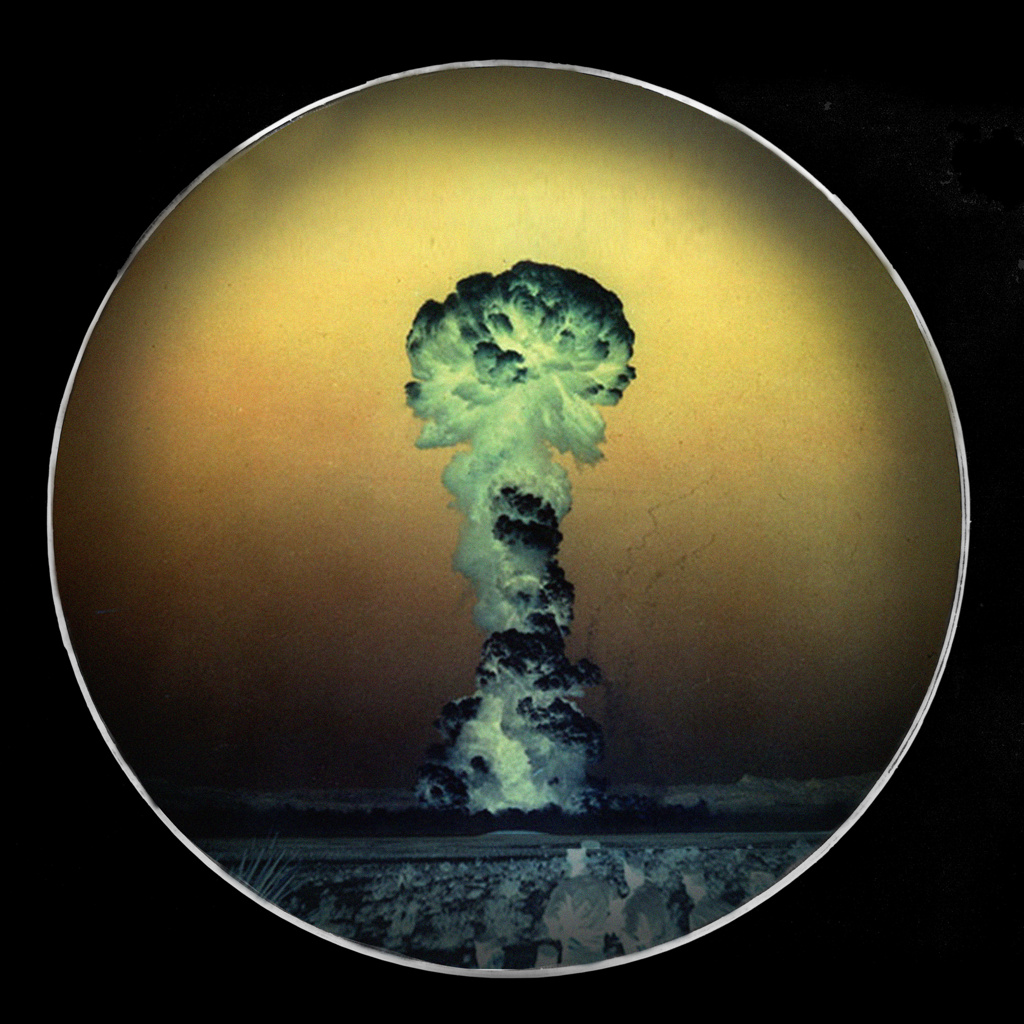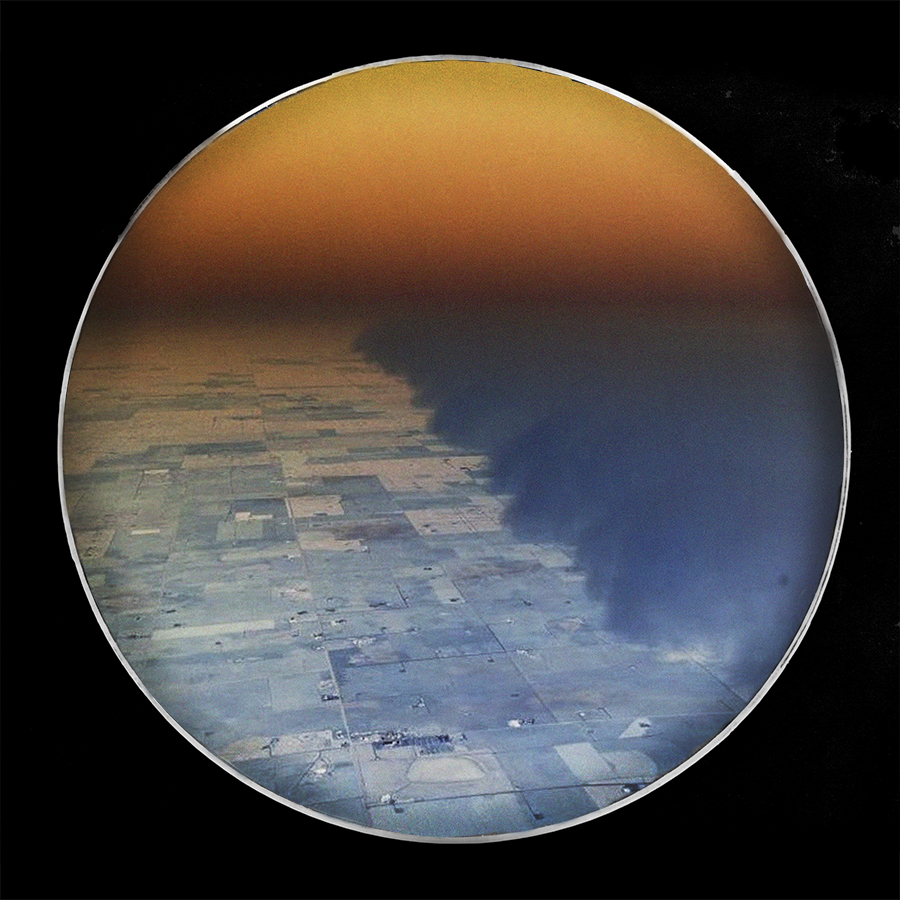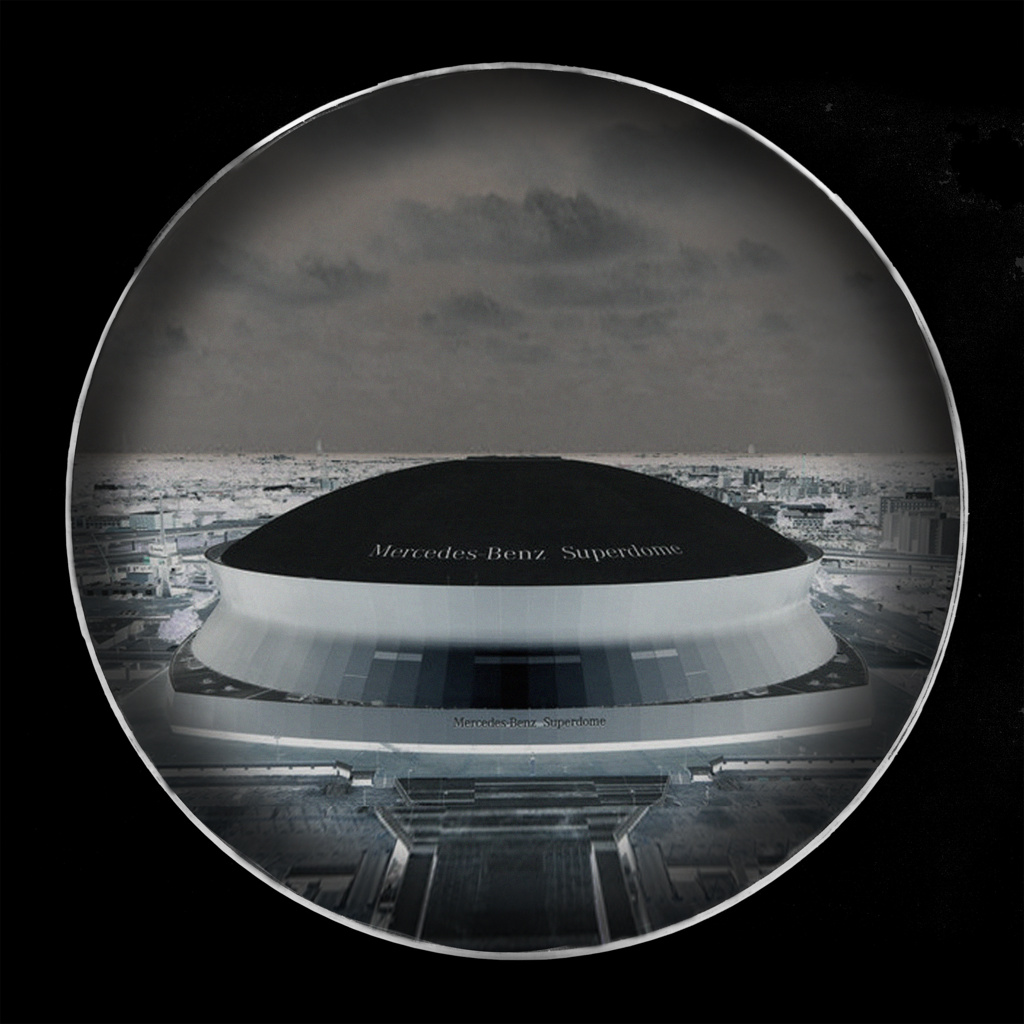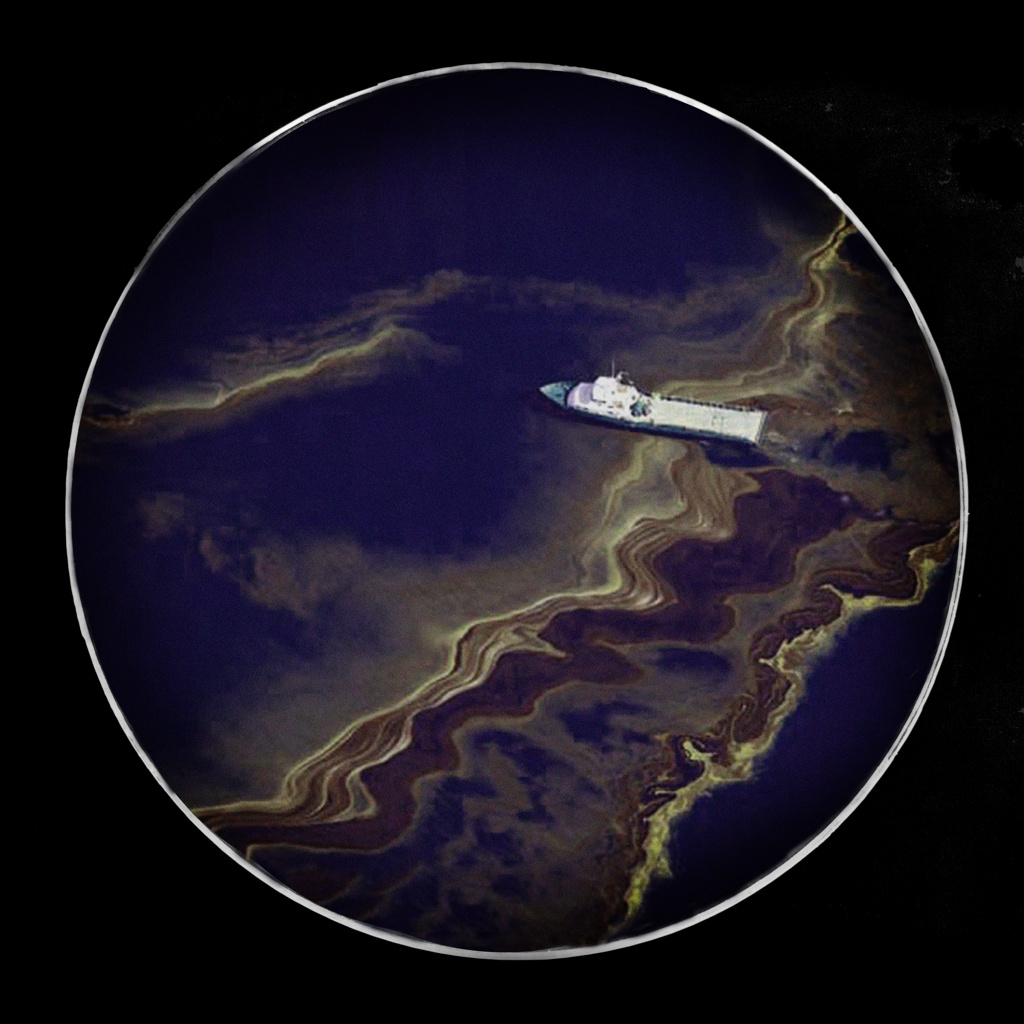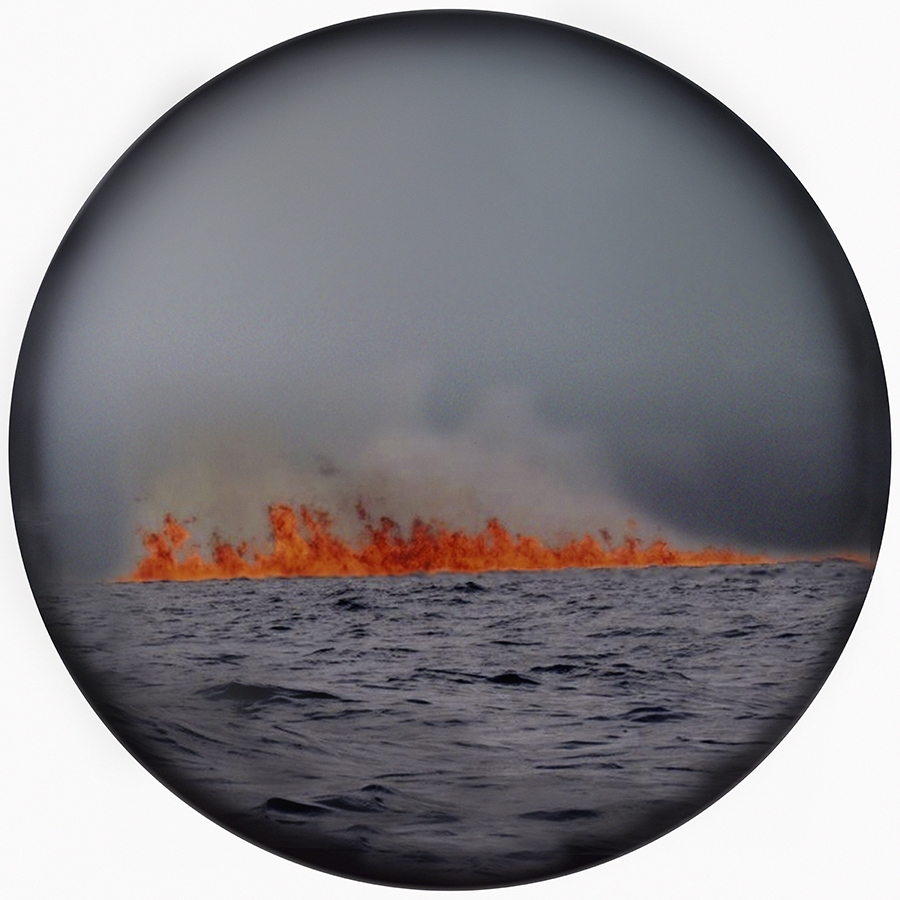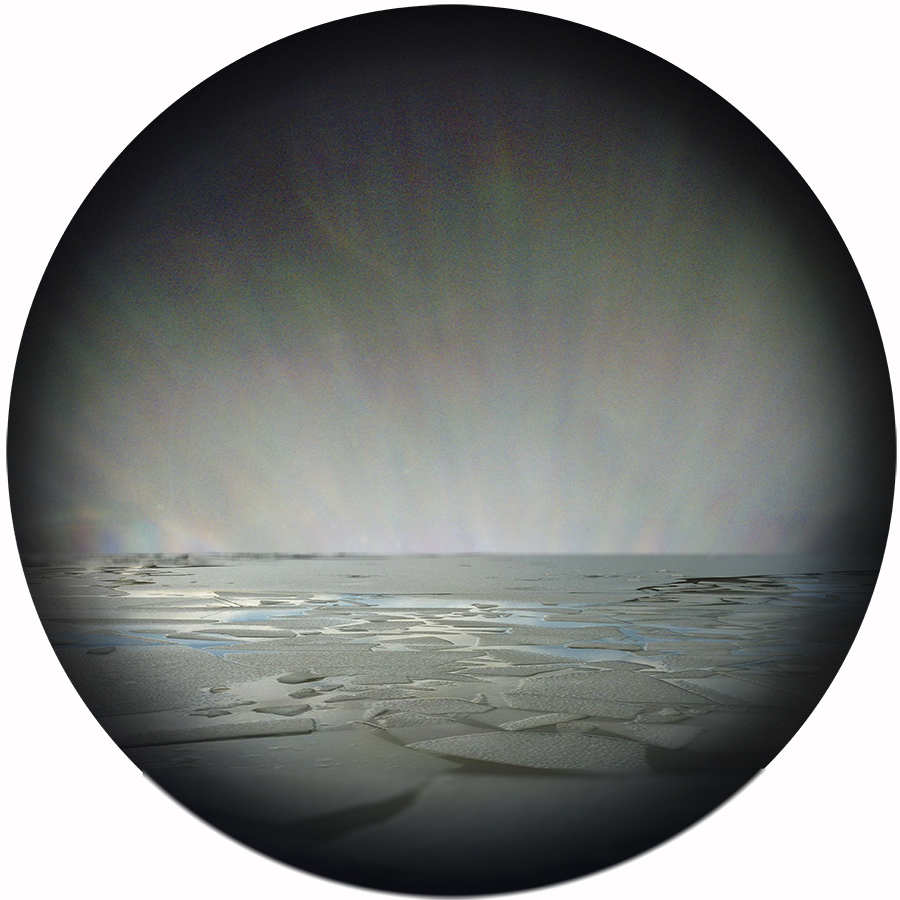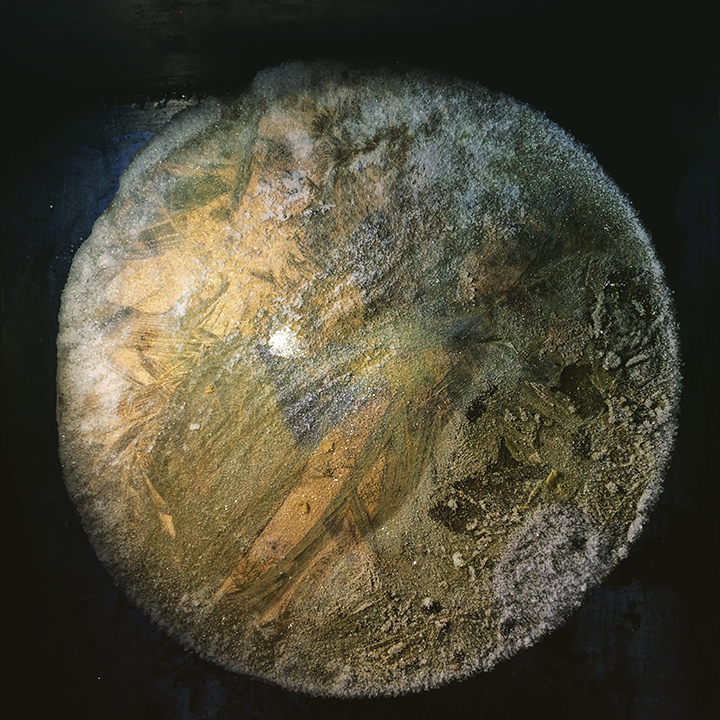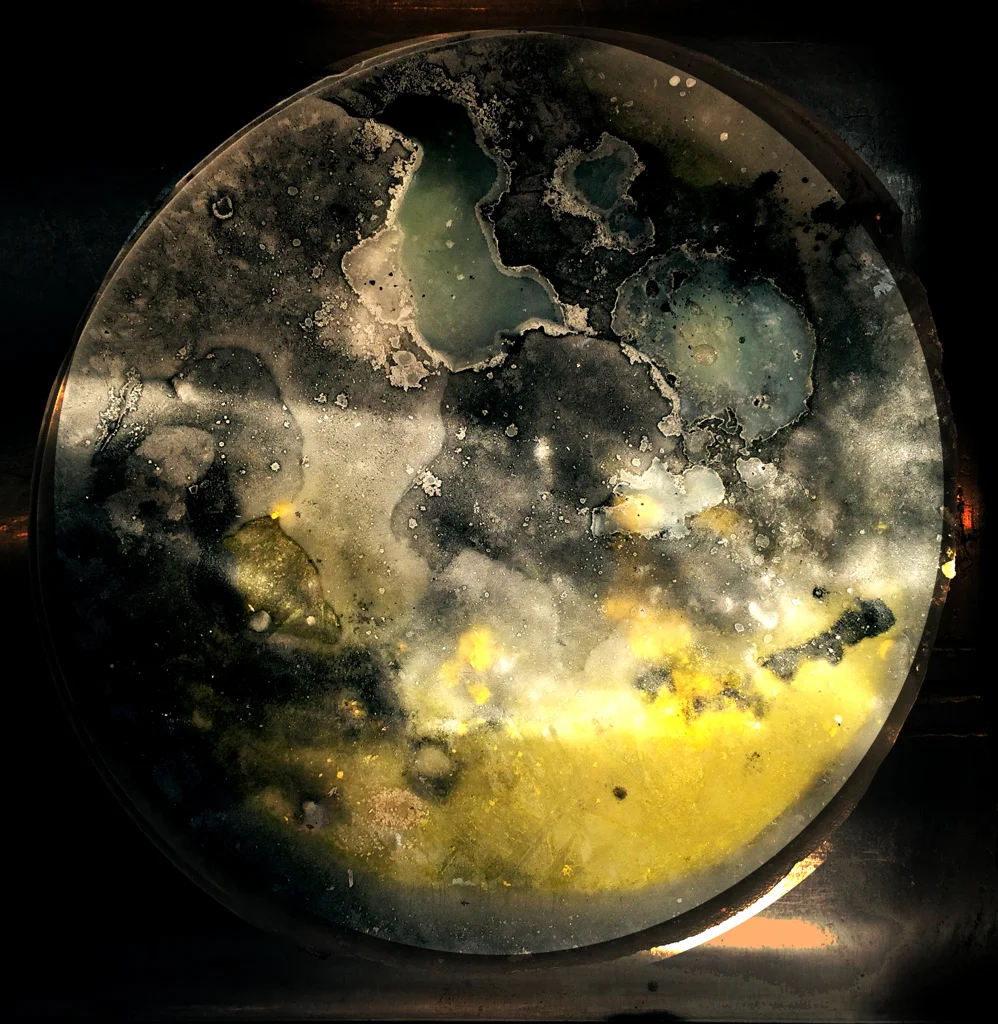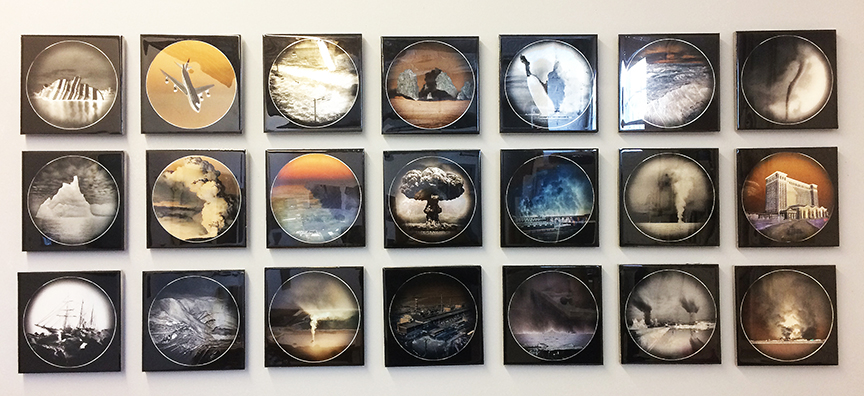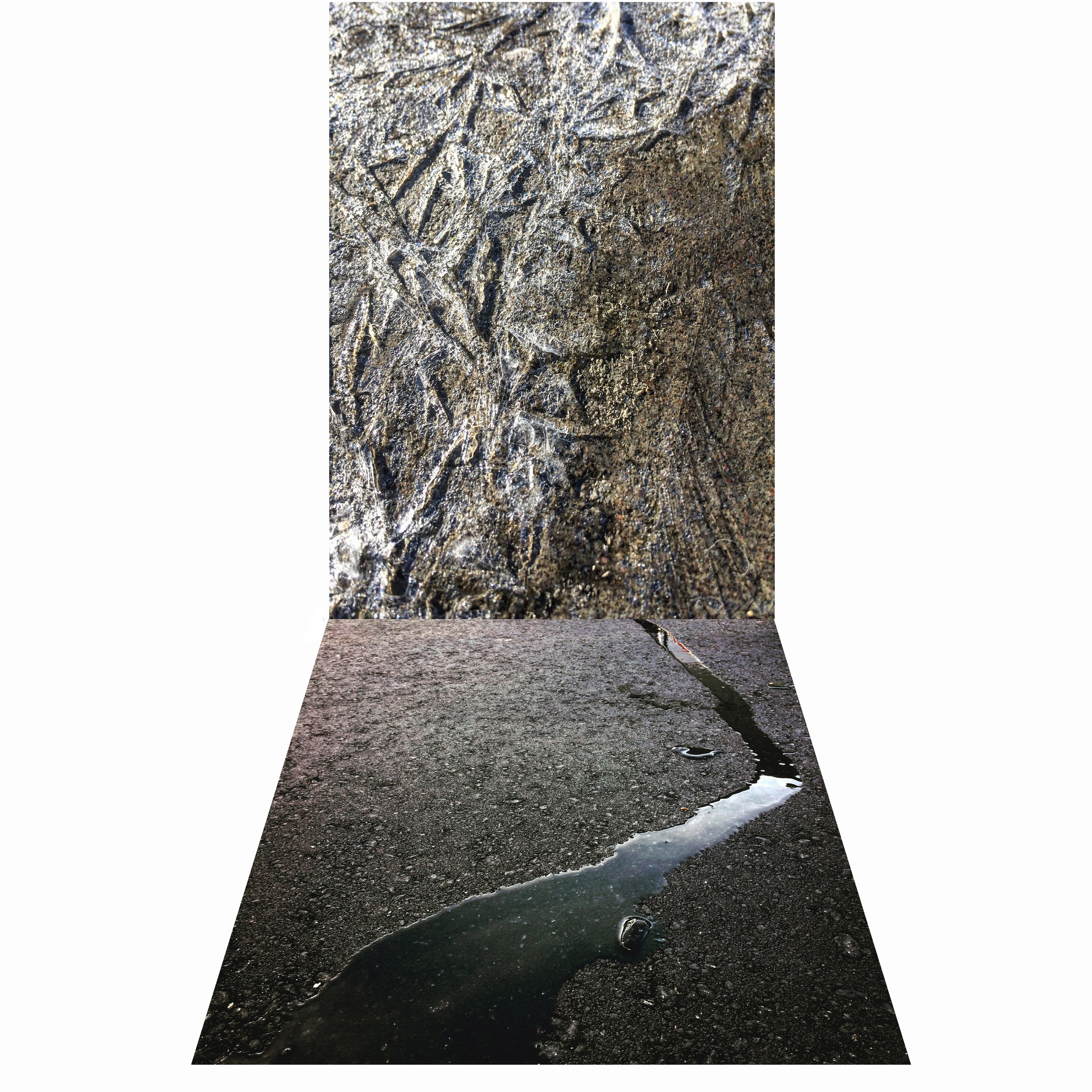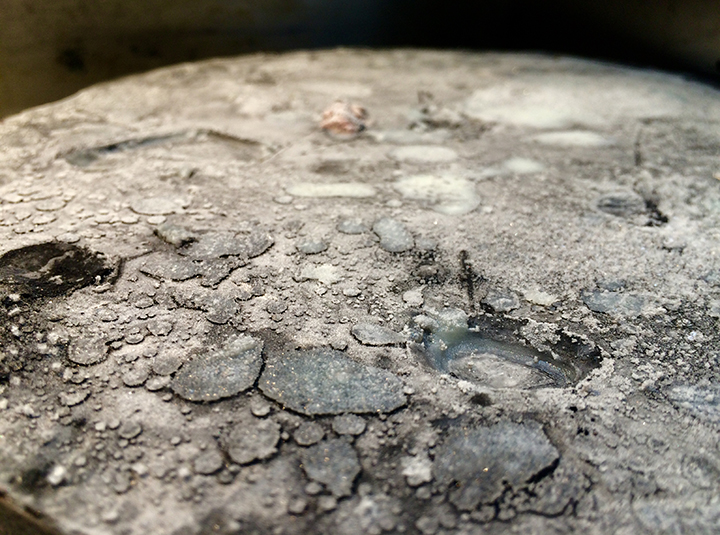Q&A: Natascha Seideneck
By Hamidah Glasgow | June 28, 2017
Natascha Seideneck was born in Germany, grew up in England and now lives in Denver, Colorado and has been an artist for over 30 years. She has a MFA from School for the Museum of Fine Arts and has exhibited extensively in Colorado, California, Massachusetts, New Mexico and New York. Natascha has produced numerous site specific artworks often collaborating with artists, designers and architects. These include a public art commission for Denver International Airport, commissioned work for Colorado State University’s Behavioral Science Building and SpringHill Suites, as well as other commercial sites. Natascha has curated exhibitions, served on public art committees, presented at numerous art panels, and served on the Exhibition Committee at Colorado Photographic Arts Center.
The Disaster Archive is a series comprised of appropriated images curated from a growing archive on the Internet of floods, tornadoes, iceberg melts, hurricanes, sinkholes, accidents and dust storms. These highly aestheticized photographic objects intend to draw an emotional response from the viewer to question the role of catastrophic events and whether disasters are cause and effect of technological progress.
The world we live in has been conquered and exhausted. Uncanny Territory is inspired by how the earth might reclaim itself if mankind is eradicated due environmental catastrophes such as pollution, drought and floods. These miniature fictional landscapes are images of ice objects made of water, debris, and pieces of maps, paint and oil. The objects are photographed as they change from solid to liquid mimicking a geological cycle of freeze and thaw. _ Natascha Seideneck
HG: Clearly, the environment and the future of the planet and its people are of great concern for you as an artist. When did you first start making work for the Disaster Archives? What was the impetus?
NS: The series started when I was taking photos of an ocean horizon through a telescope. The first image from that series was a tornado over a horizon, and I started thinking about the power of imaging subjects that are both beautiful and frightening at the same time. As the series developed, I liked the idea of questioning the role of catastrophic events and whether disasters are cause and effect of technological progress. When I show the series it usually sparks quite lively conversations….
HG: The Anthropocene is generally viewed as a terrible thing. I wonder if the world would be better off without humans at the rate we are going? Do you see the Anthropocene as bad and something that should drive us to find “Planet B” or as something else?
NS: I think there is an unsettling idea by some believers of the Anthropocene that we just have to accept the drastic changes to our environment and learn how to live with it. Partly because we cannot reverse the effects. I was influenced by Alan Weissman A World without us where he narrates a world where humans suddenly disappear, and the earth goes haywire...visually stunning though if you like nuclear explosion, the colors of toxic waste, etc. Steven Hawking has been explicit about humanity's need to find a "Planet B." In the past, he has also called for humans to colonize the moon and find a way to settle Mars. Remaining on Earth any longer, Hawking claims, places humanity at great risk of encountering another mass extinction.
HG: While working on these images do you wonder what life would be like if we do find another planet suitable for human inhabitation?
NS: It seems that place would be extremely hostile.
HG: Climate change is a social justice issue, as someone committed to social justice do you see this as an offshoot of your other work?
NS: Yes, the series uncanny Territory is the effect of the Disaster Archives. Cause and effect.
HG: You are working outside of the image on paper convention; tell me about your process and how you settled on this for the work?
NS: I construct the images using appropriated sources. The work is printed on metallic paper, resin coated and mounted on acrylic. I am always looking for ways to push the idea of the photographic process. I think the disaster Archive mimics historic glass plate photography (not my conscious intention).
HG: As an installation artist, do you envision the work large when you are working on it or does the work inform the format and size?
NS: I work according to particular spaces I need to address. I experiment with sizes, but I do love to work in a monumental scale!
HG: Thank you for sharing your work and your thoughts.
All images © Natascha Seideneck



